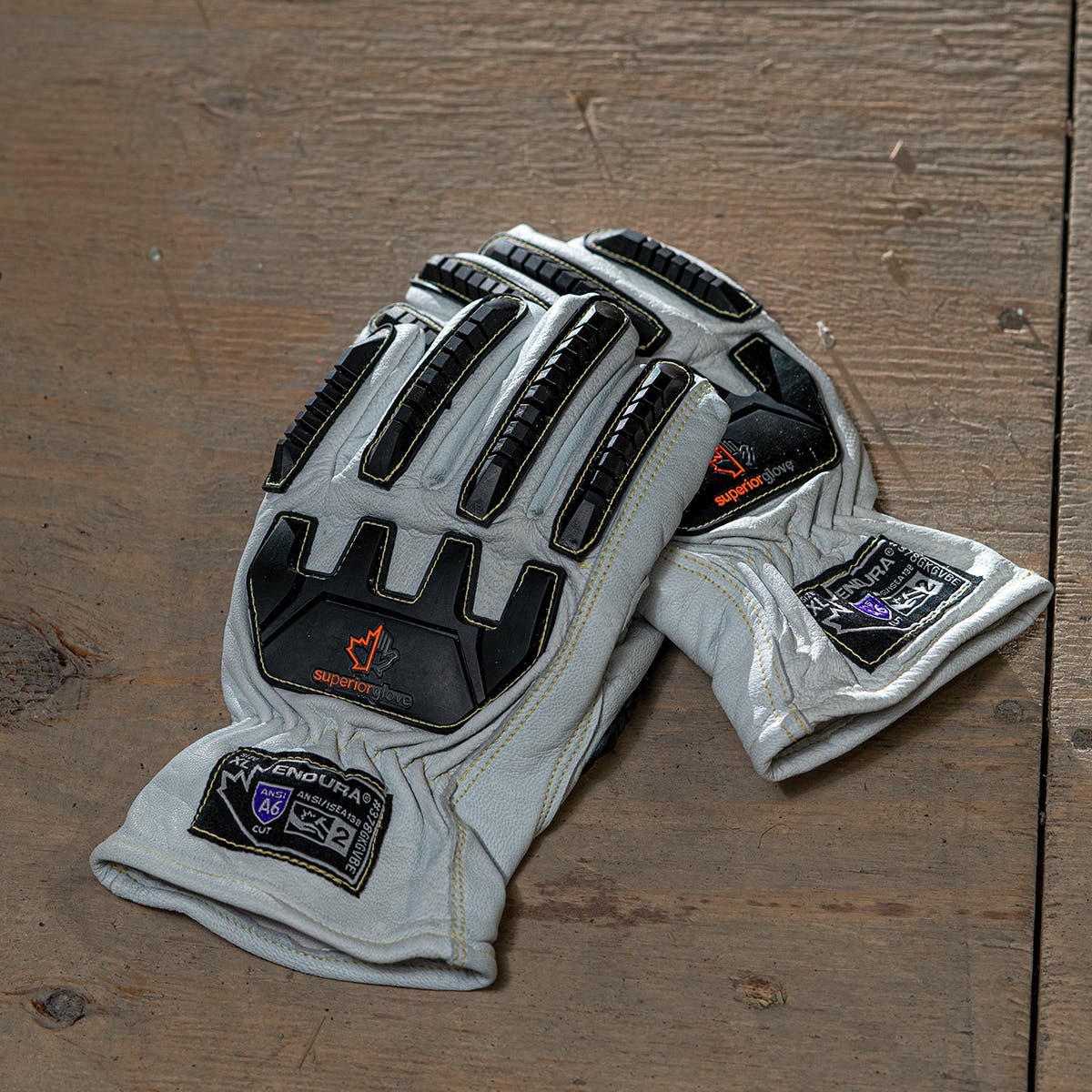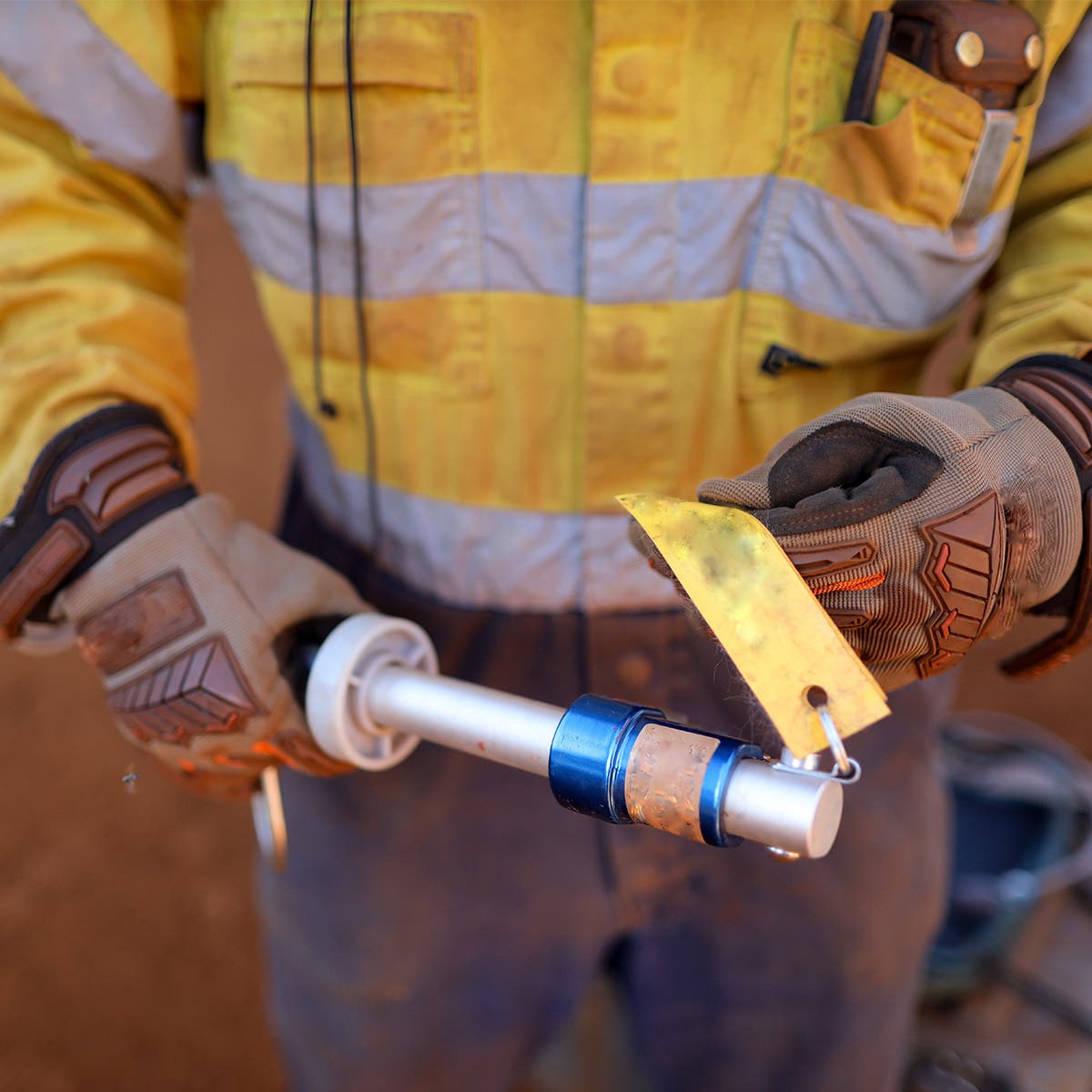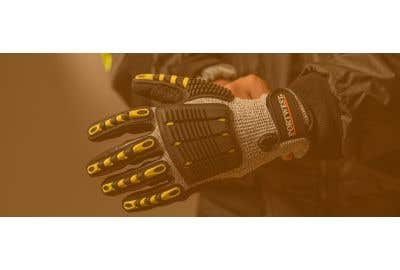*Disclaimer*
The information contained on this page is for promotional and informational purposes only. All equipment should be used by trained professional tradesmen who have been trained how to use the equipment described on this page, and understand the risks of their work. PowerPak assumes no responsibility for errors or omissions in the use or misuse of any product purchased. In no event shall PowerPak be liable for any direct, special, indirect, consequential, or incidental damages or any damages whatsoever, whether in an action of contract, negligence or other torts, arising out of or in connection with the use of this information or the contents of this page. PowerPak reserves the right to make additions, deletions, or modifications to the contents on this page at any time without prior notice.
This is a new one. We often talk about ANSI standards and OSHA regulations that have been around for decades. We cover the new updates that come up every 5 - 10 years. Here, we are talking about ANSI/ISEA 138. That sentence wouldn't make sense a few years ago because before 2019, there was no such thing as ANSI/ISEA 138.
Safety-minded organizations have always paid close attention to glove safety. Usually cuts, burns, and electrocution. Now there is a new focus geared toward protecting the dorsal side of the hand from impacts.
Many workers and companies view impact-resistant gloves as a gimmick, and in many cases, they aren’t wrong, especially before the creation of this new standard. However, gloves that are actually rated for impact protection are far from a gimmick.
A split-second accident can result in a broken hand. That broken hand can result in a worker being out for weeks, months, or permanently. We need our hands to work. That's why so much has been invested in cut and fire-resistant ratings and technology. Impact resistance is next on the list.
The Basics: What Is ANSI/ISEA and How Is It Related to OSHA?
Before we cover the actual standard, let’s decipher this confusing series of letters and numbers: ANSI/ISEA 138-2019.
What Is ANSI?
ANSI is short for “American National Standards Institute.” It’s a highly-respected non-profit organization that partners with thousands of companies to oversee the development of voluntary industry standards, from manufacturing processes to safety protocols. The organization’s mission is to increase efficiency and reduce costs to benefit both businesses and consumers. ANSI is an approval body.
What is ISEA?
ISEA is short for “International Safety Equipment Association." This is a collection of companies that works to develop standards and products that keep workers safe. ISEA is just one of many ANSI-accredited standards developers (ASD). ISEA worked with ANSI for approval to publish the new impact glove standard, ANSI/ISEA 138.
What Do the Numbers Mean?
The numbers that follow ANSI/ISEA serve to quickly reference the standard and the year of approval. For example:
- ANSI/ISEA 138-2019 means that standard #138 was approved in 2019.
- ANSI/ISEA 105-2016 means that standard #105 was approved in 2016.
ANSI/ISEA 105-2016 is the standard for hand protection that covers considerations such as cut, heat, and chemical resistance of gloves.
Where Does OSHA Come In?
OSHA (Occupational Safety and Health Administration) is a government administration that sets and enforces legal standards for workers' safety conditions. OSHA is armed with the authority to give ANSI and other safety standards the power of law. ANSI/ISEA 138 has not been adopted as an OSHA standard.
Together, all three organizations (ANSI, ISEA, and OSHA) exist to establish guidelines for using safety equipment to keep workers physically protected.
What Is ANSI/ISEA 138?
ANSI/ISEA 138 is the new impact glove standard developed by ISEA and approved by ANSI. This standard establishes the following for occupational gloves:
- Testing procedures
- Classification criteria
- Labeling requirements
Since OSHA has not yet adopted it, it is a voluntary standard—meaning it is not required by law yet. This standard sets some parameters for measuring the impact resistance of gloves.
What Does ANSI/ISEA 138 Do?
ANSI/ISEA 138 aims to protect the dorsal side of workers’ hands through the use of impact-resistant gloves. Specifically, the focus of this standard is on protecting the knuckles, fingers, and thumbs from forceful injuries. The standard establishes different levels to measure the impact resistance of a glove. These levels are labeled on the gloves to show compliance with the standard and inform the user how much dorsal impact protection they can expect from the product.


How Are Gloves Tested for ANSI/ISEA 138 Compliance?
Gloves are tested by cutting off the part of the glove that covers the fingers and backside of the hand and placing it on an anvil. Next, a precise weight is dropped, and the force is recorded below the glove. The force is measured in kilonewtons (kN), and a lower number indicates a better resistance to impact since the impact is reduced by the glove. The test is repeated multiple times to ensure an accurate and consistent reading.
What Are the New Glove Impact Levels?
The results of the ANSI/ISEA 138 test will divide gloves into three levels of impact resistance based on the averaged numbers. These gloves have specially designed padding on the back. When an object hits the back of the glove, the padding should dampen and dissipate the force away from the hand. How well this padding performs determines the glove impact-rating level.
- Level 1: Less than 9 kN transferred through the glove, offering limited impact resistance.
- Level 2: Less than 6.5 kN transferred through the glove, offering mid-level impact resistance.
- Level 3: Less than 4 kN transferred through the glove, offering high impact resistance.
After completing formal testing, gloves are awarded their ANSI impact rating level. Prior to the creation of this standard, buying an impact-rated glove was a confusing process. The market is full of gloves with padding on the back to give the appearance of impact protection, but the padding offers little to no purpose.
The new ANSI three-level system makes it very clear to the consumer what they are purchasing. If you need the highest level of impact protection, look for level 3 impact-resistant gloves.
Since it’s a voluntary standard, ANSI/ISEA 138 is not required by law. Many employers or organizations choose to adopt the standard and require their employees to wear impact-resistant gloves to prevent injuries in high-risk environments.
In general, if you’re working around falling objects, handling heavy materials, using heavy tools, or working with high-pressure lines or heavy equipment, you’re at a higher risk for impact-related hand injuries. Here are examples of industries that should consider using gloves that meet the ANSI/ISEA 138 standard:
- Cargo handling
- Automotive
- Heavy equipment operator
- Construction
- Oil & gas
- Towing
- Transportation industries
- Industrial manufacturing


Who is Required to Use ANSI/ISEA 138 Approved Gloves?
Let’s look at the practical applications of the standard's three-tier labeling for impact resistance. In other words, which impact level should you use?
Selecting the right type of glove is critical for employers. There needs to be a balance between safety and comfort. Level 3 gloves, which are the most impact-resistant, don't help when workers continually take the gloves off to do specific tasks. You want to provide and wear gloves that can be worn all day with little interference and optimal protection.
What to Look for When Buying Impact Resistant Gloves
When to Use Level 1 Impact-Resistant Gloves
Level 1 gloves offer protection to your knuckles from self-inflicted bumps on hard objects, such as your hand slipping off a tool and hitting a metal frame. They usually have some light padding on the top of the glove to cushion the blow. These gloves are good if you need to maintain dexterity but want some light impact protection. Although these are the lowest ANSI level, they still provide significantly more protection than not wearing gloves or wearing non-impact-rated gloves.
When to Use Level 2 Impact-Resistant Gloves
Level 2 impact-rated gloves are middle of the road when it comes to impact protection. These are recommended for construction trades, material handling, and oil and gas industries. They allow for improved impact protection from falling objects or heavy tools. They still allow for great dexterity and comfort.
When to Use Level 3 Impact-Resistant Gloves
Level 3 gloves are for workers who have high exposure to impacts that could seriously crush and damage the hand, such as demo contractors, oil and gas, and mining.
As you’re shopping for your safety gloves, don’t forget to consider other safety factors like abrasion, cut, and chemical resistance. Your employees may need multiple types of gloves depending on which tasks they are working on. Arm your workers with both knowledge and the right safety equipment to help protect those hands and prevent workplace injuries.
What PowerPak Offers
The ANSI/ISEA 138 standard was put in place to encourage further awareness and development of impact-resistant gloves, a safety gap left by the previous hand protection standard (ANSI/ISEA 105), which failed to address protection from impact-related hand injuries to the fingers and knuckles.
PowerPak is committed to advancing safety by providing knowledge and safety equipment to our customers. We’ve found that most of our customers are interested in ANSI/ISEA 138 level 2 impact resistance.
We offer a few different level 2 impact-rated gloves. Our cloth impact glove option is also A4 cut-rated and has PVC impact cushions.
PowerPak also offers goatskin driver-style leather work gloves. You can get this level 2 impact-rated glove in either ANSI cut rating A4 or cut rating A6. These gloves also help dampen vibration, and goat skin leather is naturally water resistant and a good insulator.
Even if you choose not to adopt the standard for your own use, you will now begin to see more impact-resistant options available on the shelves because of this new safety rating and labeling system.







